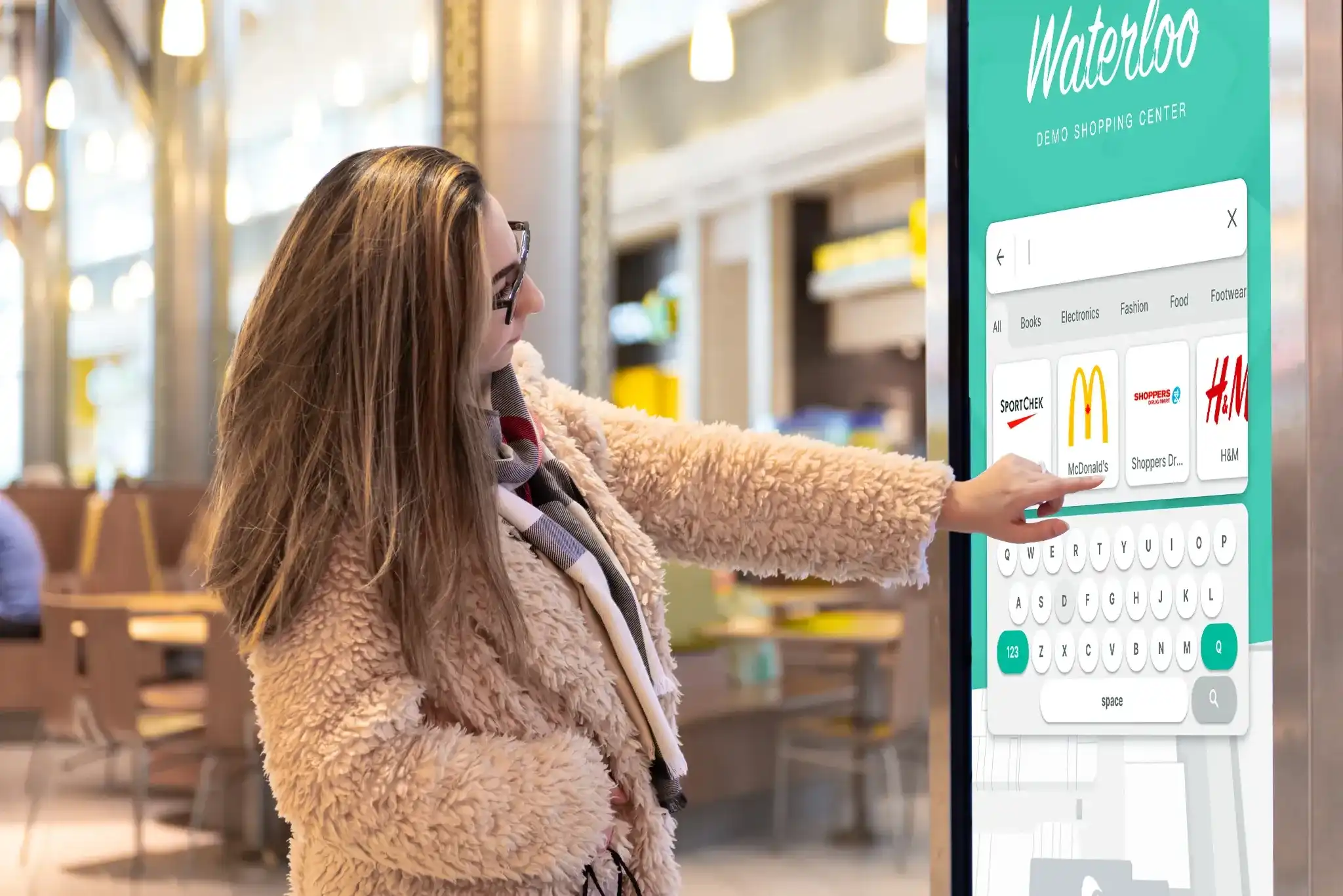With the holiday season officially here, an influx of purchasing has presented new methods for capturing consumers' attention. Amidst the COVID-19 pandemic, we’re seeing retailers, brands, and REITs alike continue to get more creative with their approaches.
Fortunately, we’ve learned a lot over the last two years. The retail industry’s ability to meet consumers’ needs was astonishing, and we can use those lessons going into the current holiday season.

1. Customer expectations have evolved
Customers are expecting much higher levels of care from their favourite brands and stores, both offline and online. Retailers have stepped up to the challenge, not only by supporting more online sales with the rise of e-commerce, but by providing more convenience and a more personalized experience to consumers.
More than ever, as people return to brick-and-mortar stores for their holiday shopping, they’re expecting a safer and improved shopping experience. One that is convenient and stress-free. Retailers must provide increased health and safety measures, and meet consumer purchasing preferences. For instance, many retailers have adopted contactless options with in-store pickup options, curbside pickup, contactless payment, and self-service checkouts.
2. Seamless integration between offline and online
It’s no surprise that during the COVID-19 pandemic, online shopping has become a prominent way for consumers to access and purchase retail goods and services. In fact,
Oftentimes, when shopping for holiday gifts, shoppers are not certain about their purchase list. They may have a category in mind (“sweater for Dad”) but no specifics beyond that. Going to a mall offers a chance to narrow down the choices, or even see something more suitable that they wouldn’t have noticed otherwise. A chance to touch and evaluate their purchase, from size to price to quality, is incredibly helpful during a stressful time. It’s clear that deciding between online shopping and brick-and-mortar stores isn’t the obvious answer, since both have their own advantages.
At the most basic level, shoppers want a friction-free shopping process. Holiday shopping is already hectic to begin with, and customers will quickly change their destination, or their shopping lists, if they see a long line or a complicated purchase experience. The key is to make the in-store experience seamless, and the online experience just as tailored. A seamless transition from online to offline and vice versa is crucial to keeping a customer engaged and will ensure that the net is spread as wide as it can go.
3. The importance of embracing flexibility
With the uncertainty of the pandemic, one of the most important takeaways for retailers is to stay agile and flexible, and continue to adapt to changing consumer behaviours and mindsets. For instance, last year's surge of e-commerce and digital disruption demonstrated the importance of supporting flexible fulfillment through pickup options and click-and-collect systems. Also, flexible payment options such as pay now and buy later gained popularity.
Retailers were forced to rethink long-term strategies to compete with e-commerce, tackle manufacturing and shipping delays, and deal with order fulfillment issues. Retailers have dealt with it all.
Companies that managed to think quickly on their feet, innovate, and pivot strategies were better able to thrive this past year. Now, retailers must consider omnichannel approaches to better target all types of customers, both online and offline. Embracing flexibility is a lesson that continues to hold importance for retailers to stand apart from competitors and succeed in times of uncertainty.

Once this holiday season is behind us, we’re curious to see how retail fared this year, and what trends we will be seeing into 2022. If you’re interested in learning about technology used in the retail industry, visit our website, or contact us today!
Tagged In
Share


